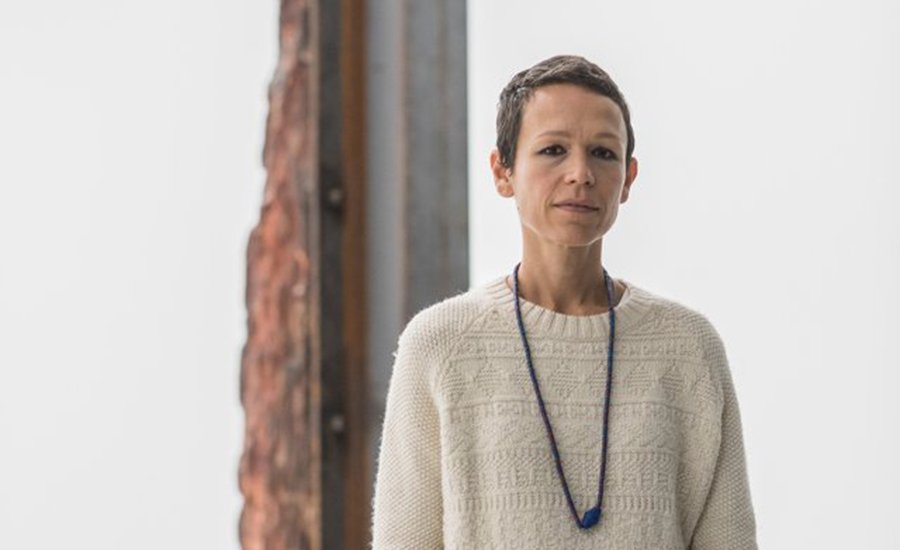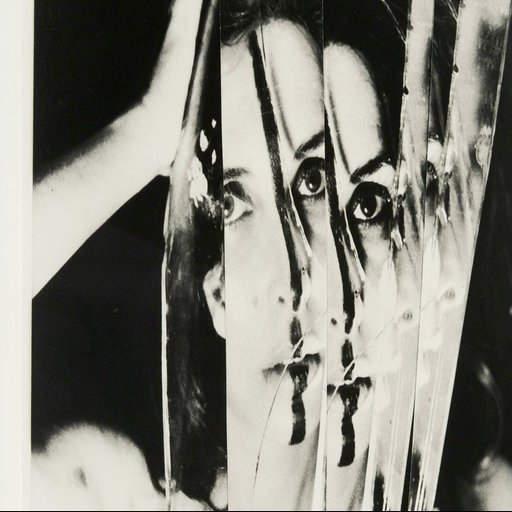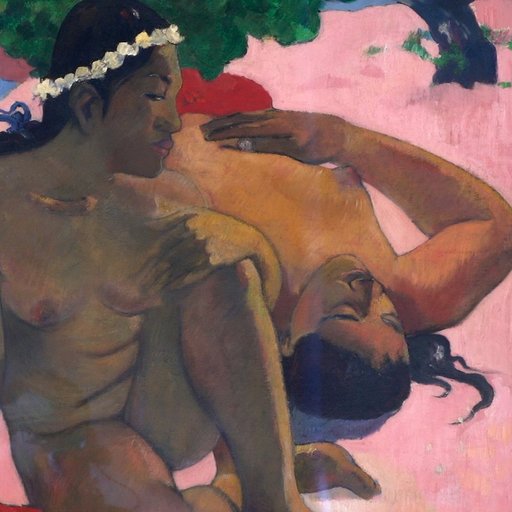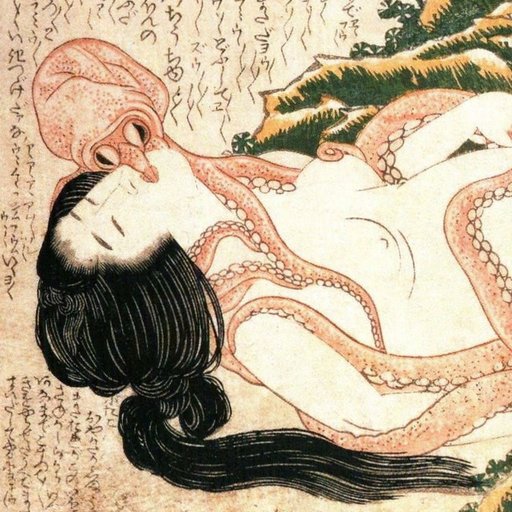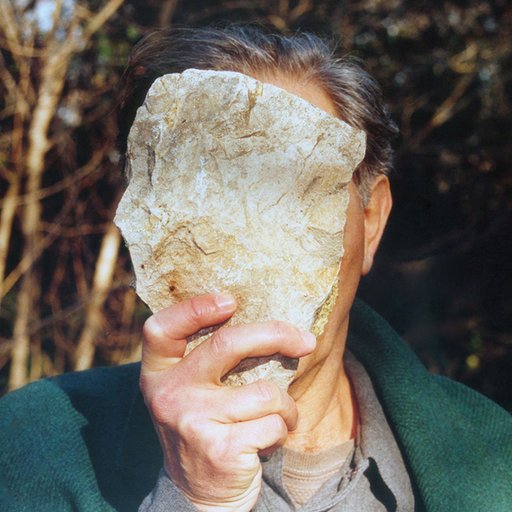The sculptor Carol Bove likes to play with associations and forms as she builds her assemblages of constructed and readymade objects. Time and space to experiment are crucial elements of her process, as is a certain psychological sovereignty—Bove writes that “creating a nonpurposive, free space in which to play and have fun is essential.” Here, the Brooklyn-based artist gives her best advice for finding happiness (rather than “succeeding”) as an artist, excerpted in its entirety from the new book AKADEMIE X: Lesson in Art + Life.
WORK
Years ago, from 1995–2000, I used to live in an illegal loft building under the Manhattan Bridge. It was one of the few artists’ buildings in DUMBO (Down Under the Manhattan Bridge Overpass) at the time, and it was known for its ridiculous DIY door buzzers. On the ground floor was a paper recycling plant and there were always clouds of flies. There must have been more than a hundred people living there, along with lots of dogs and other pets. One loft housed a black-market exotic animal dealer. When he was busted, people claimed to have seen a kangaroo, but all I ever saw, when he once held the front door open for me, was a box full of prairie dogs.
A friend of mine lived upstairs and he was photographing a special breed of butterfly that he’d mail-ordered in advance of his participation at the Venice Biennale. He was planning to make a butterfly garden there. While he was out getting lunch one day, a neighbor’s cat hunted and killed every one of his subjects. It was a disaster for him, but I couldn’t help laughing, even though I think of myself as a very kind and sympathetic friend. It was just so thrilling that this art-studio problem was so common, primal, fragile, fantastical, violent, and yet silly, all at the same time. It makes me laugh even now as I’m writing. A cat hunting butterflies is a much clearer, more available image of the drama of a studio emergency than "I overworked my painting."
Two German girls lived in the loft next to mine and I overheard them talking one day. I wasn’t eavesdropping – the old industrial building was crudely constructed to begin with and the additions were all makeshift, so noise traveled. For several months the sounds in my studio consisted of someone sculpting with a chainsaw (upstairs), continuous jazz practice (downstairs), and the German girls talking (next door). I only understood a few words of German at the time. I knew the word for work: arbeit. So as they talked I would hear a string of syllables and then this word, arbeit … another string of syllables, arbeit … string of syllables, arbeit … I couldn’t believe how much they used the word. And I wondered to myself if I used that word as often.
I decided to stop using the word "work" as an experiment. It was very difficult! I had to compensate by substituting a more specific description of the activity. For example, instead of "I’m going to my studio to work," I’d have to say, "I’m going to make some drawings." Or instead of "I’m going to work around the house," I’d have to say, "I’m going to clean the kitchen and fold some laundry." I discovered that the absence of the word ‘work’ forced me to reconsider assumptions about leisure, because the idea of work implied its opposite. I let go of the notion that I deserved a certain amount of downtime from being productive or from being active. The labour/leisure dichotomy became uncoupled and then dissolved. I couldn’t use labour to allay guilt or self-punish or feel superior. Work didn’t exist, so all the psychological payoff of work for work’s sake had nowhere to go.
WHAT IS AN ARTIST’S ACTIVITY IF IT’S NOT WORK?
I started to adjust my thinking about productivity so that it was no longer valued in and of itself. It strikes me as vulgar always to have to apply a cost/benefit analysis to days lived; it’s like understanding an exchange of gifts only as barter. The work exercise made me feel as if I was awakening from one of the spells of capitalism. And there was more to it than that: I was able to begin the process of withdrawal from my culture’s ideology around the instrumentality of time, i.e. that you can use time. I think the ability to withdraw from consensus reality is one of the most important skills for an artist to learn because it helps her to recognize invisible forces.
TIME AND INFORMATION MANAGEMENT
Your time is not a separate thing from you; it’s not an instrument. Time is part of what you’re made from. Emerson said, "A man is what he thinks about all day long." Everything that you do and think about is going to be in your artwork. The computer-science idea "garbage in, garbage out" applies to artists. This is something to consider when you’re choosing your habitual activities.
One question is, how do you create a way of being in the world that allows new things (ideas, information, people, places) into your life without letting everything in? I want to point out that your tolerance for media saturation might be lower than you realize. You need to conduct an open-ended search that doesn’t overwhelm you with information and at the same time doesn’t limit the search in a way that pre-determines your findings. That is a puzzle.
The first self-help book I want to recommend is The Artist’s Way by Julia Cameron. This book is based on the idea of artistic recovery, similar to Alcoholics Anonymous, but it’s recovery for a stuck artist. I don’t consider myself stuck, but I still get a lot out of most of the exercises. Cameron addresses the idea of work and to a certain extent, information management, but the book came out in 1992, before the internet really came into our lives. She understands the creative process and how to teach it; the techniques she describes work. I know what you’re thinking: "Carol, I’m scared. That sounds New Agey." I can’t promise you that it will help you or that you will like it or that your friends won’t tease you for reading it. But I can promise that it won’t diminish your critical faculties, or your intellectual ability, or your access to rational thought or anything like that. If you’re scared or squeamish about New Agey sounding books, I say that’s all the more reason to read them. A willingness to take psychological risks is another one of the most important skills for an artist to develop.
The other self-help book I want to recommend is Tim Ferris’s The 4-Hour Workweek. What’s the opposite of New Agey? Hiring a virtual assistant in India to take care of your everyday tasks, as Ferris recommends. I didn’t take that particular piece of advice, but his techniques for time-management, dealing with information overload and email addiction are really helpful. I also liked some of his ideas regarding income automation.
UNCENSORING
Before I went to New York University to get my bachelor’s degree, and after an initial attempt at art school that only lasted a semester, I took several years off. I quickly realized in my first attempt that at the rate I was going there was way I was going to be transformed into an artist by the school and that I’d be better off waiting till I was ready to apply myself. It was a wise decision, but it didn’t come from intellect; I simply knew in an urgent, emotional way that I wasn’t capable of getting anything out of the classroom at that time. I was lucky that my parents didn’t pressure me to complete school. On the contrary; they were paying for it and reasoned that if I couldn’t get straight As in the first semester of art school I was wasting their money. (Here’s something that strikes me as very different now from back then in 1988: in those days, going to art school wasn’t considered a reasonable thing to do. The reasonable people went into graphic design or architecture or something with a practical application. Art school was for irresponsible freakazoids with no plan. Or you could say, romantics. Now, it seems as if there’s a perception that going to art school is part of a clear career path that you can follow towards a respectable profession. The market is bigger and can support more people, sure, but if it seems as if there is a clear path, that’s an illusion. Academicism, professionalism, bureaucracy, and officialdom are all toxic to artmaking. They are necessary interference and shaping obstacles, not facilitators.)
Going back to school was great – after fourteen semesters off, I was ready. The worst part about being back in school was making art and having to explain it at the same time. It made it impossible for me to feel safe when experimenting. As a consequence of my profound self-doubt and insecurity, I was censoring what I really felt compelled to make, reasoning that since I was stupid, whatever I truly wanted to make would be stupid. I thought I would be better off faking it.
As soon as I got out of school, I was very curious to know what exactly it was that I was censoring, because the repression was so assiduous that I had absolutely no idea what it might be. I decided to try an experiment. I would make whatever I wanted for three months with the understanding that I would not show what I dredged up. Not to anyone. But I felt the need to discover my secret.
I can tell you now, since a lot of time has passed, that I discovered I wanted to draw portraits of pretty women. It seemed dumb at first, but I was patient and nonjudgmental and just let my desire take me wherever it wanted to go, and that’s been my modus operandi ever since.
Creating a nonpurposive, free space in which to play and have fun is essential. You can tell when you’re looking at art that was a drag to make: it’s a drag to look at. On the other hand, it’s thrilling to watch someone work through a problem that’s exciting for him, even if the subject matter wouldn’t normally move you.
I’ve watched kids playing with exciting, fun toys like bubble guns – they’re good for ten minutes. But something like a doctor’s kit that allows them to rehearse the drama of their lives is inexhaustibly interesting; they’ll carry it everywhere for months. Your art should be like that kind of toy. It may be an intellectual project, but it needs to be invested with your psychic life and driven by emotional necessity.
This uncensoring exercise was so helpful for me. I recommend it. I did it in my late twenties, when I already had some education and experience and I was trying to find an authentic way to respond to all the ideas and artworks that already existed or that were coming into existence around me.
RHYTHM OF WORKING
The format of school dictates a certain rhythm or pace of working. In the same way that in the Law and Order universe a murderer needs to be caught and brought to justice in roughly fifty minutes, artworks need to be completed and critiqued during the semester. I get the feeling that people set their speed in school and then it’s reinforced by the art-fair schedule, and with the multiplying venues, our ability to fly cheaply and send high-res images instantly, everything is accelerating. But it’s up to you to decide whether or not your work benefits from that pace. I always find Jay DeFeo’sThe Rose inspiring when I need a reminder that it doesn’t have to happen so fast.
MONEY
Becoming an artist is not a good business plan.
GETTING A CAREER
I’m assuming you want to be an artist for life. I can see that people in their twenties have a lot of anxiety when their peers are showing and they’re not, and I worried about that too. But I understand now that it’s not a race and I wish I hadn’t wasted all that energy worrying. In almost every instance I can think of, getting off to an early start hasn’t been an advantage to artists’ careers. You probably shouldn’t even get serious about showing your work in a commercial context until you’re close to thirty. Until then, it’s best to observe. While you’re learning how the art world works, keep the stakes low. That’s to say, keep the career stakes low. It’s never the wrong time to embrace psychological risk.
I’ve just more or less equated selling with career, but those things are not equivalent and it’s obviously more complicated than that. The Gift: The Imagination and the Erotic Life of Property, a book by Lewis Hyde, has been particularly helpful for me in adopting the right attitude to releasing artworks into the market. It contains an analysis of gift economies that develops a picture of unalienated labour. The first half of the book, which looks at gift-giving practices in tribal society and in folklore, has shaped my thinking even more than the treatments on artistic expression in the second half.
HISTORY
You do need to know some art history. As a producer of art objects/gestures, the conventions you decide to ignore and the conventions you decide to repeat are as important, if not more so, than what you invent. If you’re a total novice start with Cubism to Surrealism and then study 1945–75, then take it from there.
Everybody my age read Art After Modernism: Rethinking Representation. If you ever want to understand something about our subconscious, our unarticulated assumptions, you could get some clues from that book. The theory of the 1980s is important for the very reason that it formed our mentality, but it has receded from our conscious thoughts. The subconscious realm of unarticulated assumptions is a powerful, invisible shaping force in the world.
FINDING YOURSELF
Artwork comes from the total personality: ego, self, id, conscious and unconscious, transpersonal, linguistic and nonlinguistic, historically determined, sensual, emotional, physical, mental, ideological, and cultural. I believe that in order to make something that’s meaningful you have to start by figuring yourself out psychologically. In order to figure myself out I’ve applied different modes of critique such as Marxism, feminist theory, psychoanalytic theory, history, ayurvedic principles, philosophy, Feldenkrais technique, anthropology, astrology, the physiology of perception, contemplating life as a caveman, health-food regimens, psychedelic experiences, reading self-help books, ebay, falling in love, practicing magical rites, teaching, the scientific method, psychotherapy, yoga, meditation, and dharmic traditions, fasting and other austerities, exercise, napping, resonance repatterning, literature and poetry, friendships, parenting, humour, and countless others. Artwork is self-expression, and clearly I’m talking about a notion of self that radiates far outside of one’s body or even one’s time.
READING
1. Walter Benjamin'sIlluminations
(Benjamin, Walter.Illuminationen: Ausgewahlte Schriften. Frankfurt am Main: Suhrkamp, 1961. Translated by Harry Zohn asIlluminations.New York: Harcourt, Brace & World, Inc., 1968)
Benjamin's essay 'The Work of Art in The Age of Mechanical Reproduction' is completely different every time I read it. He's making a projection about what will happen as a result of images becoming reproducible, and we have to use all of our powers of imagination to dismantle our media environment for long enough to know what he must have meant. And then we compare this reflection to the text measured against our own time. i also often come back to one line from the essay 'Theses on Philosophy of History": "For every image of the past that is not recognized by the present as one of its own concerns threatens to disappear irretrievably."
2. Julie Cameron's The Artist's Way; A Spiritual Path to Higher Creativity.
(Cameron, Julie.The Artist's Way; A Spiritual Path to Higher Creativity.New York: The Putnam Publishing Group, 1992)
3. Timothy Ferris's The 4-Hour Workweek
(Ferris, Timothy.The 4-Hour Workweek: Escape 9-5, LIve Anywhere, and Join the New Rich. New York: Crown Publishing Group, 2007)
4. Miwon Kwon's essay "Once Place after Another: Notes of Site Specificty"
(Kwon, Miwon. "Once Place after Another: Notes on Site Specificity." October. Vol. 80 (March-May 1997): pp. 85-110)
There's more to site-specifity, as this text shows, than art objects being influenced by their environments or made with a specific location in mind.
5. Brian Wallis and Marcia Tuckers's Art After Modernism: Rethinking Representation
(Wallis, Brian and Marcia Tuckers, eds.Art After Modernism: Rethinking Representation.New York: The New Museum of Contemporary Art, 1984)
6. Fifteen-year-old art magazines.
Fifteen years is about half of a fashion cycle, so you see artowrks in their least flattering light.
VIEWING
1. Adam Curtis'sThe Century of the Self
(Curtis, Adam, dir.The Century of the Self. BBC Four, 2002. Television series)
This British television documentary series offers a fascinating history of the valorization of self-expression as it was popularized over the twentieth century.
RELATED LINKS:
Don't Let This Affordable Carol Bove Slip Through Your Net
READ MORE FROM AKADEMIE X ON ARTSPACE:
6 Art-World Lessons From the Unorthodox Classroom of Akademie X
Chris Kraus on the Ambiguous Virtues of Art School
Go On a New York City Scavenger Hunt With Artist Mark Dion
Words to Live By: Marina Abramović's Mystical Maxims for Artists
Venice Biennale Representative Joan Jonas's Workout Regimen for Artists











